- PlanHub
Gone are the days of using a scale ruler and highlighters to take off material quantities. These days contractors are performing their takeoffs electronically. Using electronic software to do material takeoffs saves time and improves accuracy. It also requires less industry knowledge, as the software often does most of the work. This tool allows companies to bid on more work and get more jobs.
Basics of electronic takeoffs
There are a wide variety of software packages available for performing electronic takeoffs. Each of them is different and offers different functionalities, so it’s difficult to talk about specifics. However, here is the general process for doing electronic takeoffs (your results may vary depending on the software you use):
1. The software analyzes the drawings.
2. It provides a list of materials and quantities based on the drawings. The software performs basic calculations like length and area.
3. Estimator verifies the amounts and ads waste and other adjustments.
4. Based on the revised amounts, pricing for material and labor is calculated.
The accuracy of electronic takeoffs is often dependent on the software’s ability to read the plans. Since we all know software isn’t 100% foolproof, there are some things you can do to improve the accuracy of your takeoffs:
Five tips for performing more accurate electronic takeoffs
1. Use a checklist
To avoid missing items or portions of the work, create a checklist that includes all potential bid items for your scope of work. It should consist of all the services and materials you might provide on a project. The list will serve as a reminder, so you don’t forget to check for something on the drawings or included in your bid.
2. Double check quantities and amounts
Always double-check the quantities and amounts given by the software. This holds true whether you’re the one doing the takeoffs or if the software does it automatically. The software may not count everything that’s needed or may exclude some items, depending on the settings. For example, excluding areas for light fixtures from the ceiling take off, even though materials are still required for those areas.
3. Update material prices
With the volatility of the construction materials market, material prices are always changing. It’s a good idea to regularly update your material prices for estimating, so you don’t get stuck with a price increase you have to eat.
4. Perform two separate takeoffs
It may seem like you’re duplicating work but performing a second takeoff is an excellent way to double-check yourself and the software. This is especially true if you’re new to the software and are still learning how it works. Take a break between takeoffs, so you come at it with fresh eyes.
5. Automate as much as possible
Some software packages allow you to automate much of the takeoff process. While at first, it’s a good idea to do things manually until you understand the software, once you know how it works, you may be able to automate much of the takeoff process. This will save you time and money on your bids. Look to automate takeoff of building assemblies, such as walls, fixtures, roofs, etc. The software can figure out what each of these assemblies is composed of and automatically extract the materials required.
Electronic takeoffs speed the bidding process
Electronic takeoff is the future of construction bidding. If you’re still doing takeoffs by hand, it may be time to look at this alternative. You don’t have to invest in software, as many bid sites, like PlanHub, have one embedded in their platform. Some training and practice are all that’s needed to get up and running quickly.
If you’d like to see how PlanHub can speed your bidding process, contact us today.

